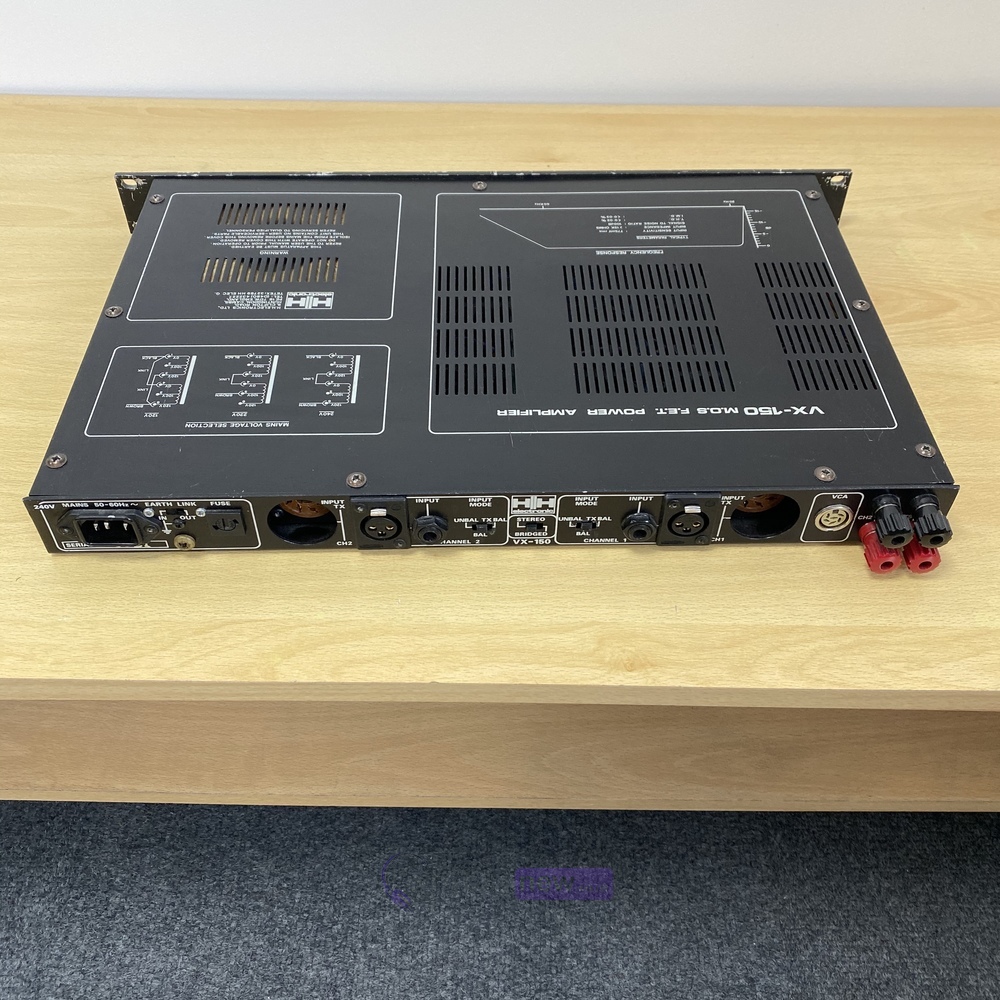


In this region, it works as an amplifier. It is comparatively insensitive toward VCE. The transistor is ON in-active region, then the collector current is comparative & controlled through the base current like IC = βIC. Regions of BJTīJT can be operated through three regions like active, cut-off & saturation. The PNP junction also works with the same principle, but the base terminal is made with an N-type material and the majority of charge carriers in the PNP transistor are holes. Due to this reason, a bipolar junction transistor is used as a switch as well. If the potential difference across the BE junction is not strong, then the electrons are not able to get into the collector terminal so, there is no flow of current through the collector terminal. Since the flow of heavy current through the collector terminal can be controlled by the small current through the emitter terminal. Most electrons end up overflowing into the collector terminal to create a huge current. In the base terminal, some electrons recombine with the holes, but the electric field across the B-C junction attracts electrons. Whenever the E and the B terminals are connected in forwarding bias, the flow of electrons direction will be from the emitter terminal to the base terminal. This roots a high depletion region to form across the BE junction, with a strong electric field that stops the holes from the B-terminal to the C-terminal. When a high voltage is connected in reverse bias mode across both the base and collector terminals. While the remaining collector terminal is called a p-type semiconductor denoted with ‘B’. The emitter and collector terminals in the below structure are called n-type and p-type semiconductors which are denoted with ‘E’ and ‘C’. The construction of a BJT is shown below. Equally, a PNP transistor is formed by placing an N-type semiconductor between P-type semiconductors. In an NPN transistor, a lightly doped P-type semiconductor is placed between two heavily-doped N-type semiconductors. Depending on the structure of the BJT, these are classified into two types such as PNP and NPN. Bipolar Junction Transistor Construction of BJTĪ bipolar junction transistor comprises two p-n junctions. The applications of BJTs involve a wide range that includes electronic devices like TVs, mobiles, computers, radio transmitters, audio amplifiers, and industrial control. These transistors can be used as switches and amplifiers. The main function of this transistor is to amplify current. These semiconductor devices are available in two types such as PNP and NPN. The BJT is one type of transistor that uses both majority and minority charge carriers. The main difference between BJT and FET is discussed below, which includes what is BJT and FET, construction and working of BJT and FET.


 0 kommentar(er)
0 kommentar(er)
